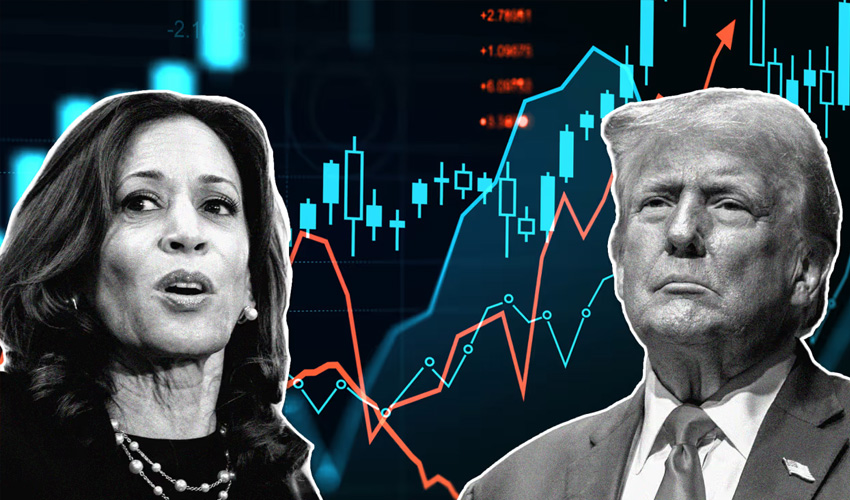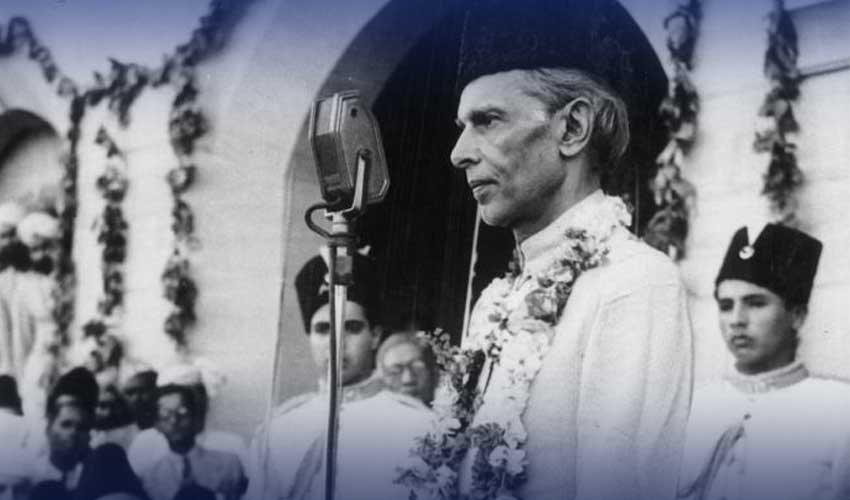As the United States prepares to head to the polls to select its next president on November 5, one question lingers as a refrain: who will emerge victorious? As pundits and pollsters weigh in, one of the more unusual predictors of late has caught the eye of investors and observers alike: the stock market. The S&P 500 has over the years demonstrated an uncanny knack for predicting which presidential candidate will emerge ultimately as the winner of U.S. presidential elections. This cycle might be different, however.
Since 1928, according to an analysis by LPL Financial, the S&P 500, which is one measure that tracks the performance of 500 of the largest publicly traded companies in the U.S., pointed to the winner in 20 out of 24 presidential elections. Statistics like this are very convincing when you consider what happens in terms of market performance leading into Election Day. In 12 of the last 15 instances when U.S. stocks were rising in the three months before an election, the incumbent party has retained the White House. Conversely, the party in power has lost eight of the last nine times the market was in negative territory before the vote.
As of today, the S&P 500 is sitting pretty with an 11.8 percent rise since early August. Based on such conditions, historical data prefers Democratic nominee Vice President Kamala Harris. However, the landscape of this election might not be as cut and dry as it had once been.
Economic sentiment vs. stock performance
Whereas a strong stock market can presage a winning election outcome for an incumbent party, most voters do not correlate the performance of the stock market with the general health of the wider economy. Of course, almost 61% of Americans are shareholders, but a large proportion of the electorate has no direct market exposure at all.
Recent polling from the Associated Press-NORC Center for Public Affairs Research reveals a dispiriting sentiment among voters: 62 percent rated the current state of the economy as "bad." That included substantial majorities of Republicans and independents, indicating a broad concern about economic conditions, even as metrics such as GDP growth and unemployment rates suggest robust economic health.
This could be that there is a disconnect between what the public perceives and stock performance. Higher costs of living might have some play in this, as consumers are still painfully attentive to prices increases, especially on daily goods. Even though inflation has softened to 2.4 percent, below the Federal Reserve's target, wages haven't gone up in relation to the increase in costs of living since the pandemic began. Between January 2021 and June of this year, prices increased around 20%, while wages improved only 17.4% during that time, Bankrate determined by looking at Department of Labor statistics. Even with wage growth finally surpassing inflation, Bankrate forecasted that the gap still won't close until mid-2025.
Uncertain political environment
The present political environment adds another layer of complication to relying on conventional predictive models. Donald Trump earlier won in 2016 by breaking many electoral conventions, and his candidacy, with four criminal indictments and a raft of scandals, does not comport with established political wisdom.
Most recently, the previous election cycle proved how flawed the S&P 500 is as a predictor. Despite its gaining by 2.3 percent during Trump's rule, he still lost to President Joe Biden. This trend forces one to wonder if the old ways are even useful anymore in the rapidly changing political trends of today.
As the election draws near, economic indicators cross with performance in the stock market and the prevailing mood of the public, which leads to a rather complex picture. But whereas the S&P 500 has traditionally been such an excellent predictor for most electoral outcomes, that might not be so this time. Now, the market does currently seem positioned to support Kamala Harris at least a little bit, but public perception of the economy is an entirely different scenario altogether.
Then there is November 5. Voters must focus on many things other than stock performance as election day draws near. With conventional wisdom being so readily challenged, it remains to be seen how this election will go and if the past can ever be relied on to guide the future. For now, however, at least part of the answer can be found in the stock market. But it isn't going to provide a full answer in an age of unprecedented political uncertainty.



























